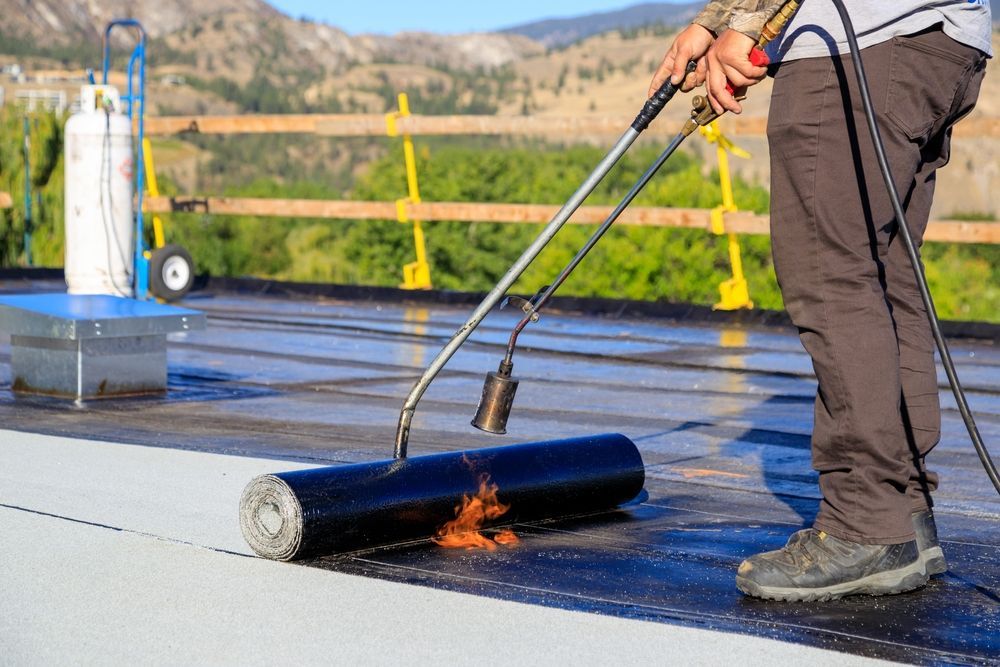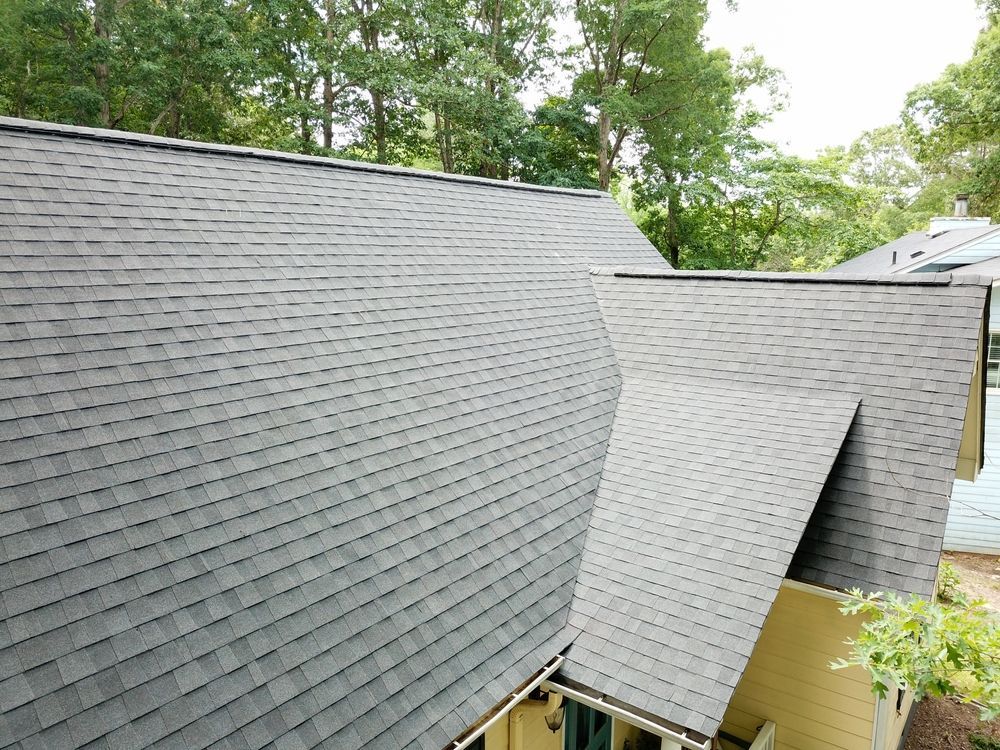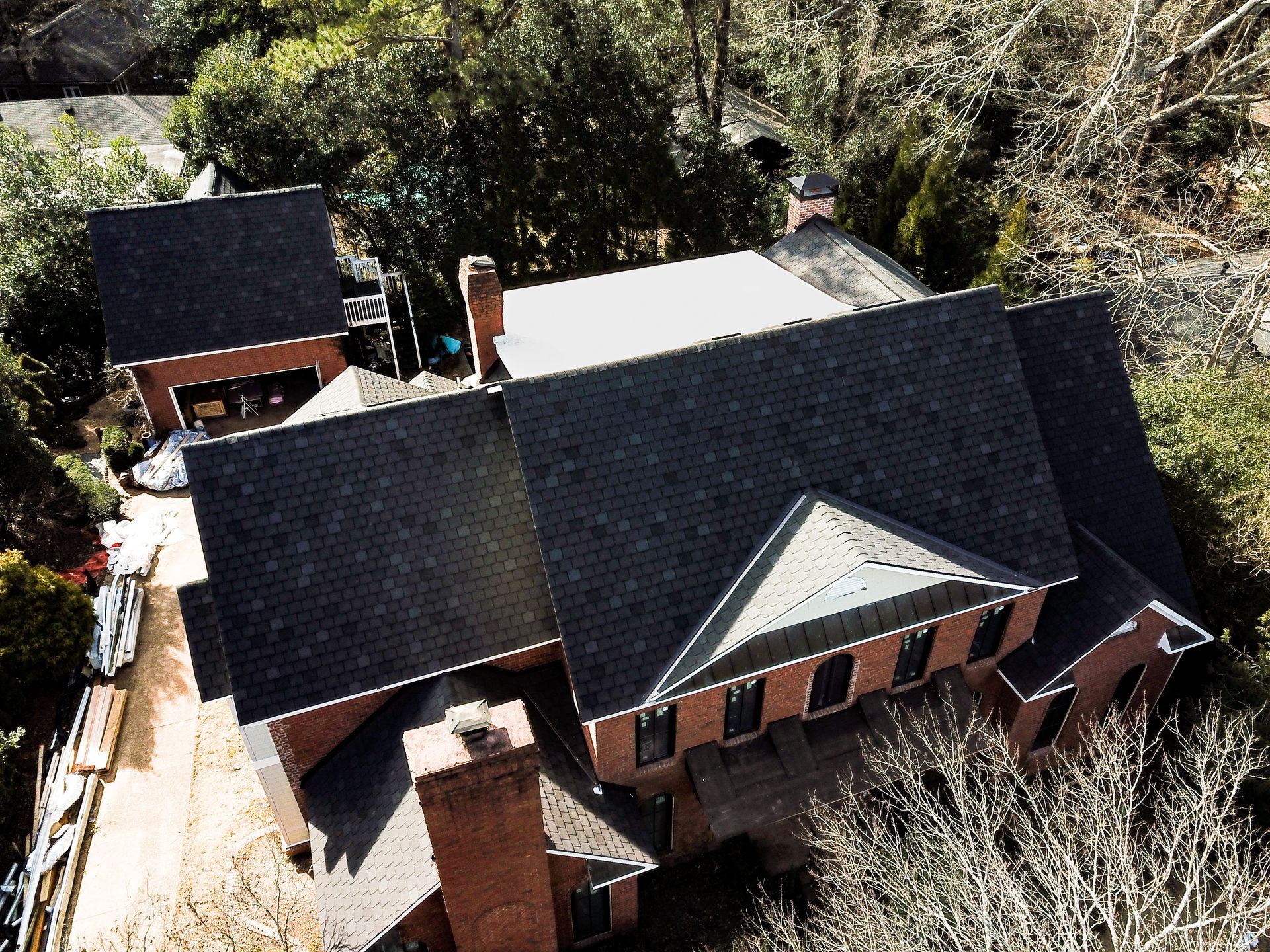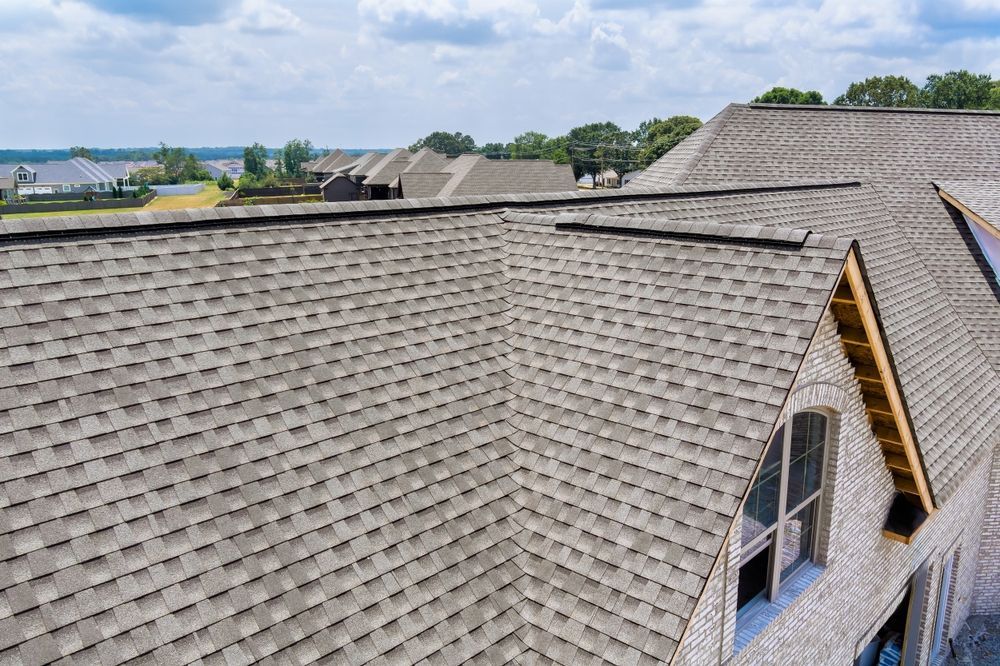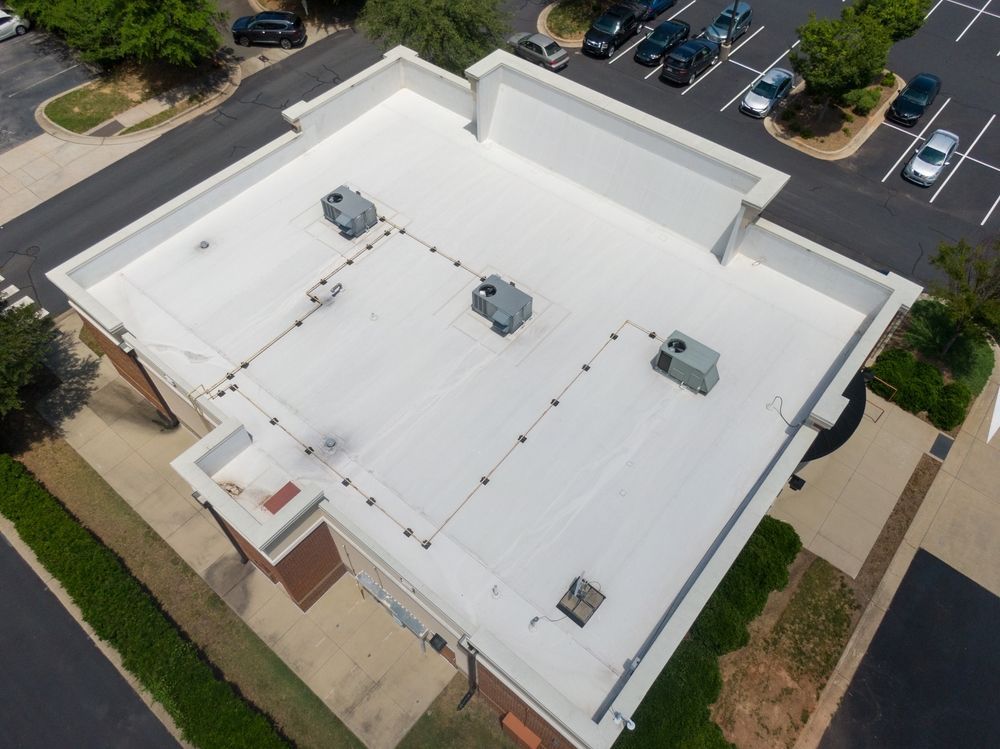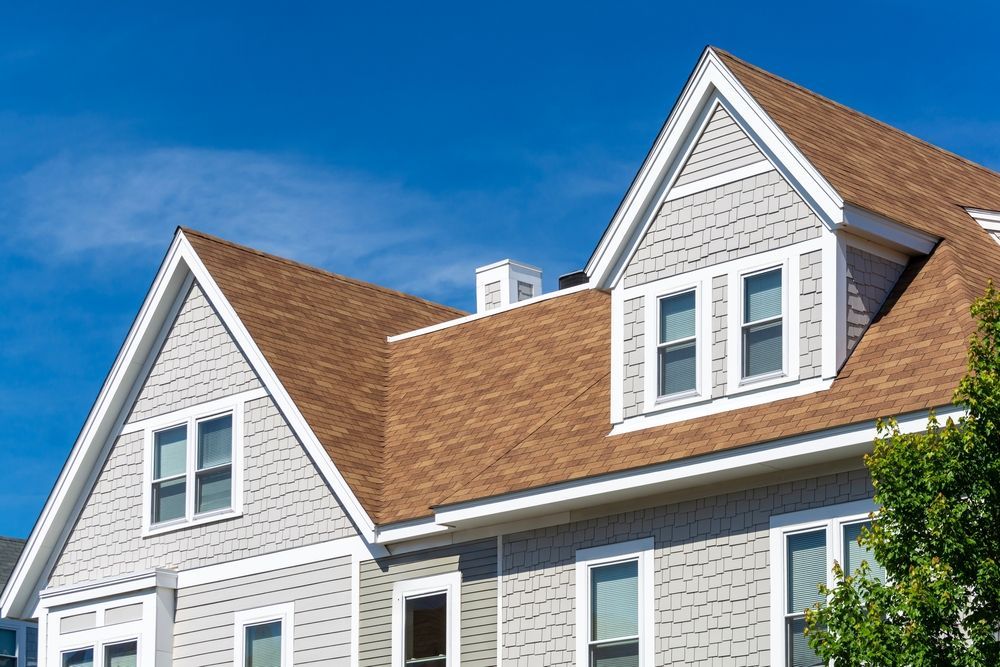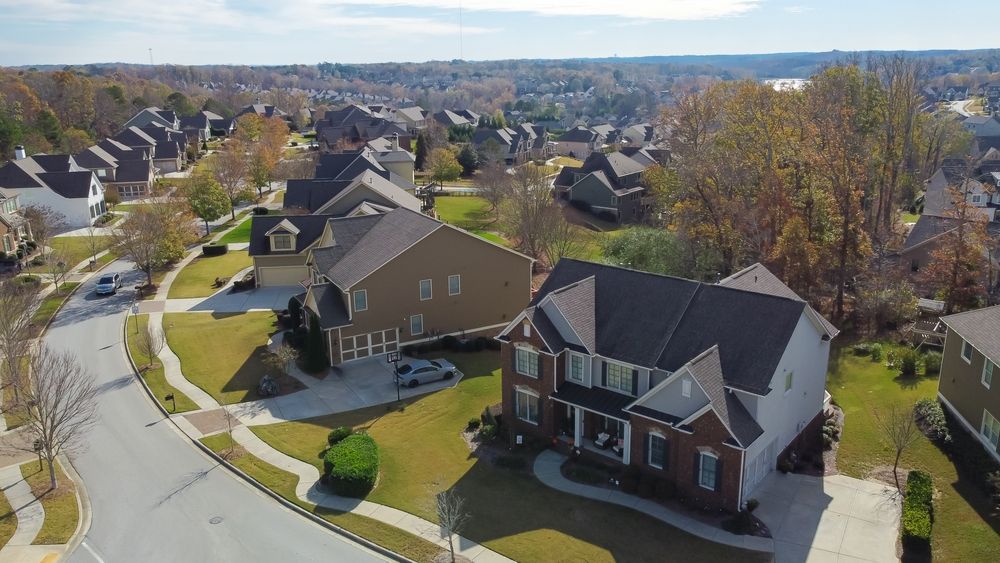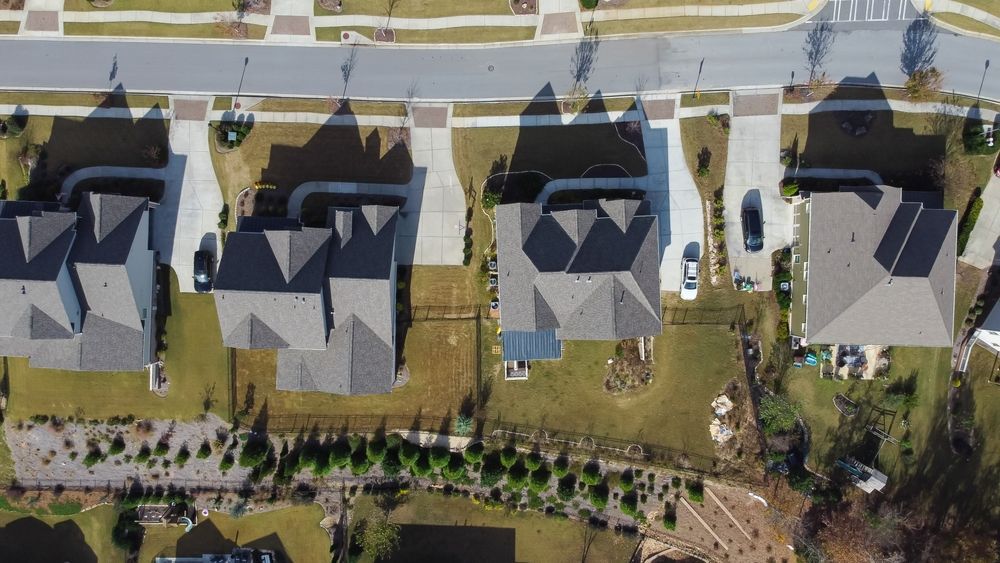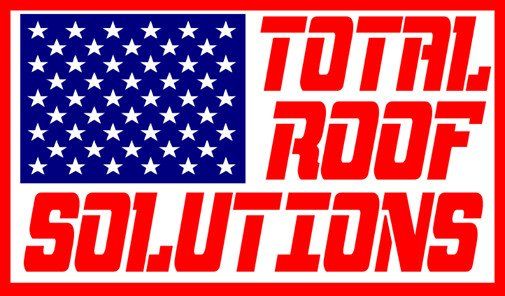Assessing Roofing Material Effects on Renovation Budget Planning
Every homeowner knows that at some point, they'll need a roof replacement. Most try to budget for this investment, which can be quite large, depending on the size of the home. But even those who budget might be caught off guard at the actual cost when replacement time comes. Knowing how material choice can impact the total expense can be extremely helpful. Depending on the material your roofer recommends, you may need to rethink your budget.
Choosing the right roofing material is a critical decision that significantly impacts a home renovation budget. Homeowners must consider the purchase price, installation costs, maintenance expenses, and long-term benefits, sometimes seeking guidance from roof replacement Atlanta experts for a successful upgrade. Total Roof Solutions, a licensed, insured, and bonded company serving the McDonough area, emphasizes that understanding these cost differences is essential for a cost-effective and durable roofing renovation.
What Are the Cost Differences Among Popular Roofing Materials?
Roofing materials vary widely in cost. Asphalt shingles are known for their affordability, while metal, tile, or wood shake options come at higher price points and varying maintenance needs. Homeowners should compare upfront material prices with long-term benefits, such as durability and lower repair costs.
How Much Do Asphalt Shingles Cost Compared to Other Materials?
Asphalt shingles are typically the most budget-friendly option. They cost about $100 to $150 per square (100 square feet) before installation. In comparison, metal roofing may cost between $300 and $700 per square, and premium options, such as clay tiles, can range from $500 to $1,000 per square. Although asphalt shingles have a lower initial cost, their shorter lifespan may result in more frequent replacements.
What Are the Price Ranges for Metal Roofing Types: Steel, Aluminum, and Copper?
Metal roofing is valued for durability and longevity. Steel roofs cost around $200 to $400 per square installed, while aluminum roofs range from $250 to $500 per square. Premium copper roofs, noted for their aesthetic appeal and longevity, cost between $800 and $1,500 per square. These ranges highlight the trade-off of higher upfront costs for longer service life and reduced maintenance.
How Do Tile Roofing Costs Vary Between Clay and Concrete Options?
Tile roofing offers durability with unique aesthetics. Clay tiles average between $600 and $1,200 per square, whereas concrete tiles cost about $400 to $800 per square. While clay tiles often provide better insulation and a timeless look, concrete tiles can be a cost-efficient alternative for tighter budgets.
What Is the Budget Impact of Wood Shake and Synthetic Roofing Materials?
Wood shake roofs, desired for their natural look, generally cost between $400 and $700 per square and require higher maintenance due to decay and fire risks. Synthetic roofing, which mimics wood shake while offering improved durability and lower upkeep, ranges from $250 to $500 per square. This offers a balance between aesthetics and practicality for homeowners.
How Does Material Lifespan Influence Long-Term Budget Planning?
The lifespan of roofing materials affects lifecycle costs. Asphalt shingles last 15 to 30 years, metal roofs can endure 40 to 70 years, and some tile roofs may exceed 100 years. Although materials like metal and tile have higher initial costs, their longer lifespans and potential energy savings can lead to lower long-term expenses and higher home resale value.
How Do Labor and Installation Costs Vary by Roofing Material?
Labor and installation costs are a significant part of any roofing project. These costs depend on installation difficulty, the chosen material, and local labor rates. Efficient installation helps control overall renovation expenses.
What Factors Affect Labor Costs for Asphalt Shingle Installation?
Asphalt shingle installations are generally straightforward, resulting in shorter project durations and lower labor charges, typically 40% to 60% of the overall cost. Factors such as roof pitch, layers, and accessibility also play a role in determining labor expenses.
How Does Metal Roof Installation Differ in Difficulty and Cost?
Metal roof installation is more complicated and requires specialized skills. Precise measurements and secure fastening methods are crucial to withstand wind and weather. Labor costs for metal roofs usually constitute 50% to 70% of the overall expense, but the long-term benefits may justify the higher price.
What Are the Installation Challenges and Costs for Tile and Wood Shake Roofs?
Both tile and wood shake roofs demand careful installation. Tile roofs require a reinforced substrate and proper alignment, sometimes causing labor costs to reach up to 70% of project expenses. Similarly, wood shake roofs need precise overlapping and ventilation. Though these challenges increase labor costs, the aesthetic and durability benefits may justify the extra work.
How Can Efficient Installation Reduce Overall Renovation Expenses?
Choosing experienced contractors who plan efficiently can minimize waste and unexpected costs. Quality workmanship and thorough pre-project assessments help reduce labor hours and prevent early repair expenses, leading to overall savings.
What Additional Budget Components Should Homeowners Consider?
Besides material and labor expenses, homeowners must account for permits, waste disposal, unforeseen repairs, and routine maintenance. Proper budgeting for these items can prevent unexpected financial burdens during a roofing renovation.
How Do Permit Fees Affect Your Roofing Renovation Budget?
Permit fees vary by locality and confirm compliance with building codes. Costs can range from a few hundred to several thousand dollars. Failing to secure proper permits may lead to fines, so including these fees in the budgeting plan is essential.
What Are the Typical Waste Disposal Costs for Roofing Projects?
Roofing projects produce waste from old materials and underlayment. Disposal fees typically add about 5% to 10% to the project cost. Hiring a roofing company that manages waste removal can help lower these additional costs.
How Can Unforeseen Costs Impact Your Roofing Budget?
Unexpected issues such as rot, structural problems, or additional repairs can raise costs by 10% to 20%. Pre-job inspections and contingency plans are important to help manage these unforeseen expenses.
What Role Does Roof Inspection and Maintenance Play in Budgeting?
Regular inspections and maintenance, such as cleaning gutters and replacing damaged shingles, help extend a roof’s life and reduce long-term costs. Budgeting for periodic maintenance is a small expense compared to the benefits of preventing major repairs.
How Do Roofing Materials Compare in Terms of Pros, Cons, and Value?
When selecting roofing materials, homeowners need to balance cost with performance, durability, and overall value. Each type has advantages and drawbacks that affect both initial satisfaction and long-term benefits.
What Are the Advantages and Disadvantages of Asphalt Shingles?
Asphalt shingles are affordable and easy to install, leading to lower labor costs. However, their shorter lifespan (15 to 30 years) and vulnerability to weather extremes and algae growth can lead to more frequent replacements.
How Does Metal Roofing Offer Value Despite Higher Initial Costs?
Metal roofs provide long-lasting performance (40 to 70 years), energy efficiency through solar reflection, and improved home resale value. Although they have higher upfront and labor costs, lower maintenance and fewer replacements can lead to overall savings.
What Are the Pros and Cons of Tile Roofing for Homeowners?
Tile roofing, whether clay or concrete, offers durability and superior insulation. Clay tiles have an elegant appearance but are heavier and costlier, while concrete tiles offer a similar look at a lower price. Both require reinforced structures and involve labor-intensive installation.
How Do Wood Shake and Synthetic Roofs Compare in Performance and Price?
Wood shake roofs provide a rustic appearance but need regular maintenance due to risks of decay and fire. Synthetic roofs mimic this look while offering enhanced durability and lower upkeep costs, making them a practical choice for many homeowners.
Which Roofing Materials Are Best Suited for Different Climates and Budgets?
The ideal material depends on local climate and budget. Asphalt shingles are suitable for moderate climates and tighter budgets. Metal roofs perform well in extreme weather conditions, and tile roofs are excellent in hot, arid regions. Synthetic options may offer a balanced solution combining aesthetics and cost-effectiveness.
How Can Homeowners Save Money When Choosing Roofing Materials?
Cost savings can be achieved with strategic planning, careful contractor selection, and proactive maintenance. Homeowners should consider both the initial expense and the total lifecycle cost of the roofing material.
What Are Effective Strategies to Reduce Material Costs Without Sacrificing Quality?
To lower costs, research multiple suppliers and compare prices. Consider materials known for longevity and low maintenance even if they are initially more expensive. Buying in bulk or during off-peak seasons may also reduce costs.
How Can Choosing the Right Roofing Contractor Affect Your Budget?
A reputable roofing contractor can help reduce labor time, waste, and future repairs. Experienced professionals provide proper installation and manage permits and unforeseen issues, all of which contribute to keeping the project on budget.
What Maintenance Tips Help Extend Roof Lifespan and Save Costs?
Regular cleaning, annual inspections, and prompt repairs are key. Preventive measures such as high-quality sealants can extend a roof’s life and avoid larger repair bills later on.
Are There Financing or Incentive Options for Roofing Renovations?
Many companies offer financing options that spread the cost over time, while government rebates and tax credits for energy-efficient materials can help offset initial expenses.
What Are Common Questions About Roofing Material Costs and Budgeting?
Homeowners often ask about average costs, installation timelines, and regional pricing variations. Understanding these factors is crucial for preparing a clear budget and setting realistic expectations.
What Is the Average Cost of a New Roof by Material Type?
Asphalt shingles average $3 to $5 per square foot, metal roofs $7 to $12, tile roofs between $10 and $20, and wood shake or synthetic roofs from $5 to $10 per square foot. These estimates include both materials and installation, though local factors may affect the final costs.
How Long Does Roof Replacement Take and How Does It Affect Costs?
Roof replacement times vary by material, anywhere from a few days for asphalt shingles to two weeks or more for tile or metal roofs. Longer projects can increase labor expenses and create additional inconvenience for homeowners.
What Are the Most Affordable Roofing Materials for Home Renovations?
For those on a tight budget, asphalt shingles offer the lowest initial cost. Though they may require more frequent replacement, their low material and labor costs make them a common choice for cost-sensitive projects.
How Do Regional Factors Influence Roofing Material Prices?
Local climate, transportation costs, and labor availability can significantly impact material prices. Homeowners in areas with extreme weather may need to invest in higher-quality, more durable materials, which can raise overall costs.
When Is Roof Replacement More Cost-Effective Than Repair?
If a roof has extensive damage or recurring issues, the cumulative cost of repairs may exceed that of a full replacement. In such cases, a complete replacement is often a more economical long-term solution.
How Does Choosing the Right Roofing Material Impact Your Home’s Value and Renovation ROI?
A high-quality roof not only protects a home but also boosts curb appeal, energy efficiency, and resale value. The right material can influence insurance premiums and warranty terms, making it a strategic investment that improves overall return on investment (ROI).
How Do Different Roofing Materials Affect Home Resale Value?
Homes with durable roofing, such as metal or tile, tend to sell faster and at higher prices. A well-maintained roof reassures buyers about future maintenance costs and overall property quality.
What Is the Relationship Between Roofing Quality and Energy Efficiency Savings?
Higher-quality roofing can reduce energy costs by improving insulation and reflecting solar radiation. These energy savings contribute to a lower total cost of ownership over the lifespan of the roof.
How Can Roofing Material Choices Influence Insurance and Warranty Costs?
More durable and fire-resistant materials often result in lower insurance premiums and longer warranties. This added security reduces overall running costs and enhances financial predictability.
Why Is Transparent Pricing Important When Planning Your Roofing Budget?
Clear, detailed estimates that include material, labor, permit, and contingency costs allow homeowners to compare bids effectively and avoid unexpected expenses.
How Can Homeowners Save Money When Choosing Roofing Materials?
Homeowners can lower expenses by focusing on overall lifecycle costs rather than just the initial price. Strategic planning, material selection, and ongoing maintenance play key roles in long-term savings.
Effective Strategies to Reduce Material Costs Without Sacrificing Quality
Research different suppliers, compare prices, and consider buying in bulk or during off-peak seasons. Opting for materials with proven longevity and low maintenance requirements can yield savings over time.
How Can Choosing the Right Roofing Contractor Affect Your Budget?
An experienced contractor can minimize labor time and waste, reduce errors, and manage unexpected issues effectively. This proactive approach helps keep the project on schedule and within budget.
What Maintenance Tips Help Extend Roof Lifespan and Save Costs?
Regular inspections, cleaning of gutters, prompt repairs, and application of protective coatings all contribute to extending a roof's life and lowering repair costs.
Are There Financing or Incentive Options for Roofing Renovations?
Financing options can spread the cost over time, while government rebates and tax credits for energy-efficient materials help reduce the upfront expense.
Frequently Asked Questions
Q: How do regional labor rates influence roofing project costs?
A: Labor rates vary by region; areas with many skilled contractors typically enjoy lower prices, while regions with fewer options may face higher costs.
Q: What are the benefits of choosing a metal roof for energy efficiency?
A: Metal roofs reflect solar radiation, reducing cooling costs in hot weather. Their durability and insulation properties contribute to long-term energy savings.
Q: How does regular roof maintenance influence long-term repair costs?
A: Timely maintenance helps prevent minor issues from developing into major repairs, extending the roof’s lifespan and reducing overall expenses.
Q: Can financing options help mitigate the high upfront costs of premium roofing materials?
A: Yes, financing plans and available rebates or tax credits can make premium roofing materials more affordable by spreading the initial cost over time.
Q: In what scenarios might a full roof replacement be more cost-effective than repeated repairs?
A: When a roof shows extensive damage or frequent leaks, the cumulative cost of repairs can surpass that of a complete replacement.
Q: How should homeowners evaluate the trade-off between initial cost and long-term savings when choosing roofing materials?
A: Homeowners should consider lifespan, maintenance requirements, energy efficiency, and resale impact. A higher initial cost may be worthwhile for long-term savings.
Q: Are there any specific roofing materials that are particularly well-suited for extreme weather conditions?
A: Metal and tile roofs excel in extreme conditions, as metal roofs handle heavy winds and snow, while tile roofs offer excellent insulation in hot climates.
Summing Up
By understanding material costs and additional budget factors, homeowners can balance immediate expenses with future savings. Strategic planning, careful material selection, and experienced contractor guidance help roof renovations enhance home value and deliver long-term performance.
Total Roof Solutions remains committed to helping McDonough homeowners achieve high-quality, cost-effective roofing and gutter solutions through expert advice and precision project execution.
